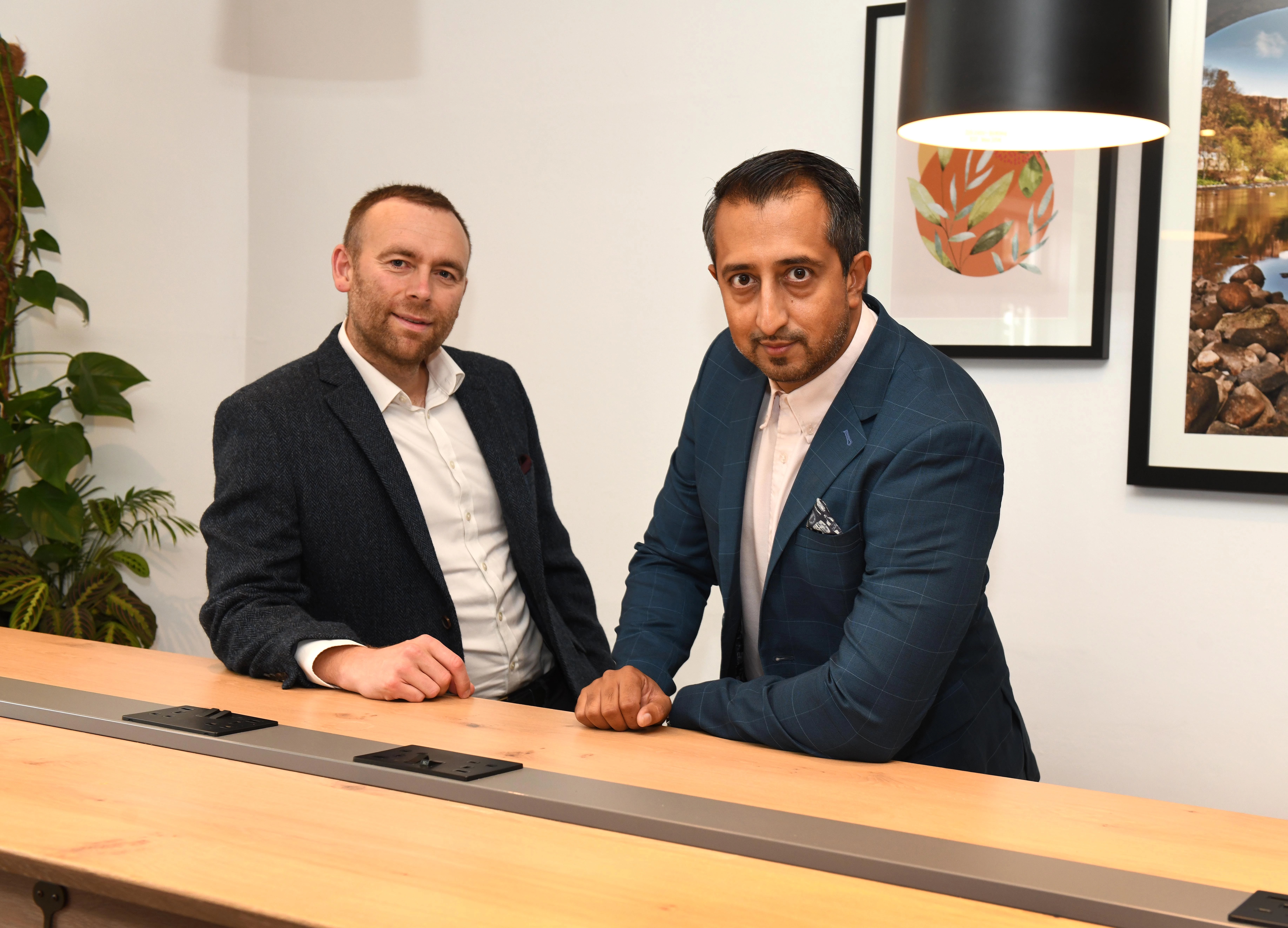
Partner Article
TaperedPlus highlights the ‘sustainability’ role of data centres
Harnessing waste heat from UK data centres to warm residential homes and businesses will stimulate the low carbon heat market and help the government achieve its 2035 net zero target, says Aman Chahal of Tapered Plus.
The Stockton-on-Tees business, which specialises in the design and supply of flat roofing and insulation systems, has been involved in a European data centre project which is diverting its surplus heat to nearby homes.
It is estimated energy intensive data centres with the power of 100MW are capable of heating around 80,000 homes, with the UK ranked third in the world for data centres - which in 2022 stood at 456.
Generally, temperatures generated in the centres’ ‘hot aisles’ range from 80 to 115 degrees, and it was recently reported that just one small washing machine-sized data centre is heating the swimming pool at Exmouth Leisure Centre, saving several thousands of pounds in energy costs.
Data centres prevent their servers from overheating through the costly and intensive process of either pumping cool water through the building or by expelling the heat – which can instead be used to fuel district heating systems.
Currently around 45% of data centre energy is used by cooling systems and the EU is already seeking to make the heating and cooling sector carbon neutral by 2035, which includes plans to harness waste heat from data centres.
While the UK government has made a case for heat networks, they are relatively uncommon, given their complexity and financial outlay involved.
Aman Chahal, CEO of TaperedPlus, said it was brought in on the European project to create a non-combustible insulation system to aid drainage whilst maintaining thermal performance and onerous fire requirements.
He said: “It was amazing to see what is otherwise classed as ‘waste’ heat being used to benefit the local community. In today’s digital-driven world, data centres are very much a growth area so there is a huge opportunity to make them sustainable.
“It is vital, as data centres are particularly energy intensive and account for 4% of global electricity consumption and 1% of greenhouse gas emissions.
“It’s time the UK caught up with Europe in respect of this technology and made a concerted effort to attract the necessary investment required to harness this largely untapped resource.
“This would further stimulate the low carbon heat market and encourage widespread adoption of heat networks, which would make a major contribution to the Government’s 2035 net zero target.”
Examples of data centre heat networks include: • Stockholm Data Park which aims to meet 10% of the entire heating needs of the Swedish capital by 2035 • In the Netherlands, Switch Datacentres is replacing natural gas with excess heated water from direct liquid cooling of data centre heat being sent to homes • Microsoft has partnered with Finnish company Fortum to heat thousands of homes in Helsinki. Fortum currently supplies 250,000 customers and says, once complete, 40% can be heated by direct liquid cooling
This was posted in Bdaily's Members' News section by News Gathering .
Enjoy the read? Get Bdaily delivered.
Sign up to receive our popular morning National email for free.








 How to make your growth strategy deliver in 2026
How to make your growth strategy deliver in 2026
 Powering a new wave of regional screen indies
Powering a new wave of regional screen indies
 A new year and a new outlook for property scene
A new year and a new outlook for property scene
 Zero per cent - but maximum brand exposure
Zero per cent - but maximum brand exposure
 We don’t talk about money stress enough
We don’t talk about money stress enough
 A year of resilience, growth and collaboration
A year of resilience, growth and collaboration
 Apprenticeships: Lower standards risk safety
Apprenticeships: Lower standards risk safety
 Keeping it reel: Creating video in an authenticity era
Keeping it reel: Creating video in an authenticity era
 Budget: Creating a more vibrant market economy
Budget: Creating a more vibrant market economy
 Celebrating excellence and community support
Celebrating excellence and community support
 The value of nurturing homegrown innovation
The value of nurturing homegrown innovation
 A dynamic, fair and innovative economy
A dynamic, fair and innovative economy